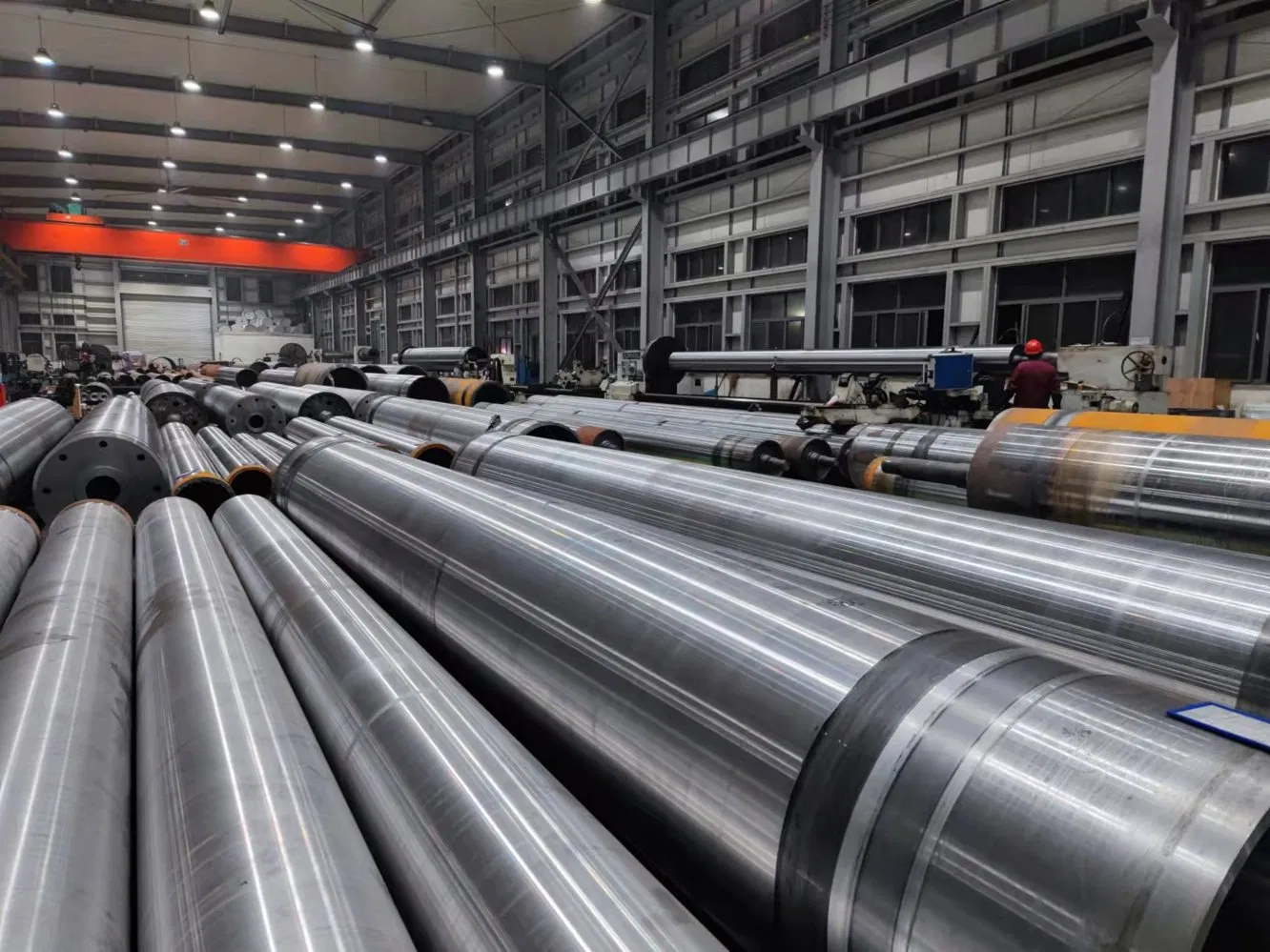The Importance of Selecting the Right Roll Cover Material
To be honest, selecting the right roll cover material can make or break your industrial process. The wrong material may lead to decreased efficiency, increased downtime, and even damaged equipment. On the other hand, the right material can optimize performance, extend the life of your rolls, and ultimately save you money.
Key Factors to Consider
When choosing a roll cover material, it's essential to consider several factors. Here are some of the most important ones:
Common Roll Cover Materials
There are many roll cover materials available, each with its own strengths and weaknesses. Here are some of the most common ones:
- Rubber: A versatile and cost-effective option, suitable for various applications.
- Urethane: Offers excellent abrasion resistance and rebound properties.
- Ceramics: Provides exceptional wear resistance and heat tolerance.
- Metals: Ideal for high-temperature, high-pressure, or heavy-duty applications.
Matching Materials to Applications
Here are some general guidelines for matching roll cover materials to common applications:
- Conveyor belts: Rubber or urethane covers are typically used, depending on the required abrasion resistance, grip, and temperature tolerance.
- Printing rolls: Soft, resilient materials like rubber or polyurethane are often chosen to ensure good ink transfer and minimal wear on printing plates.
- Grinding mills: Ceramic or metal covers are typically used for their exceptional wear resistance and ability to handle heavy loads.
Practical Tips for Choosing the Right Roll Cover Material
- Consult with an expert: Material suppliers and manufacturers can provide valuable insights and recommendations based on your specific application and operating conditions.
- Perform a cost-benefit analysis: Consider the total cost of ownership (TCO) when comparing materials, including initial cost, expected lifespan, and maintenance requirements.
- Test before committing: When possible, conduct field tests with small samples of material to evaluate performance in real-world conditions.
In Conclusion
Choosing the right roll cover material is crucial for optimizing your industrial processes and maximizing equipment longevity. By understanding your application requirements, considering key factors, and consulting with experts, you can make an informed decision and choose the perfect material for your needs.
So, take the time to do your research, ask questions, and weigh your options. Your rolls – and your bottom line – will thank you.



